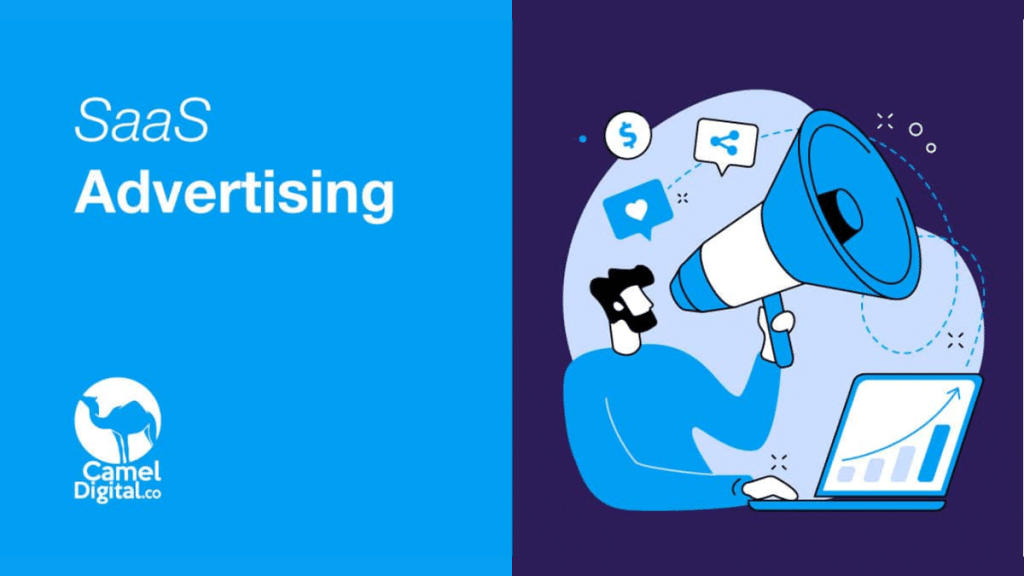The software-as-a-service (SaaS) market continues to grow fast. More companies are shifting to digital, subscription-based tools. With this growth comes intense competition. For SaaS businesses looking to stand out, pay-per-click (PPC) advertising is one of the most effective ways to attract qualified leads and scale customer acquisition. Unlike organic strategies, PPC delivers immediate visibility and measurable results. For a model built on recurring revenue, speed and precision in reaching the right audience are everything.
The Role of PPC in SaaS Growth
PPC offers SaaS companies a direct line to potential users who are actively searching for solutions. Whether it’s a startup trying to build initial traction or a mature SaaS business aiming to expand market share, smart PPC execution can drive results. But getting there isn’t simple. SaaS companies face unique challenges in PPC—from high cost-per-clicks in competitive spaces to long sales cycles that make tracking conversions more complex.
Targeting the Right Keywords
Success in PPC begins with targeting the right keywords. It’s not just about traffic volume, but intent. Long-tail keywords that reflect specific problems or use cases tend to perform better because they attract users closer to a purchasing decision. Instead of bidding broadly, smart campaigns zero in on pain-point-driven queries. These users often have a clearer sense of what they need—and they’re more likely to convert.
Crafting Compelling Ad Copy
Once a campaign reaches the right audience, the next critical step is messaging. Ad copy has to speak directly to the user’s problem and offer a compelling reason to click. SaaS products often come with nuanced features or technical benefits, but clarity wins over complexity. Ads that emphasize benefits—such as time savings, ease of use, or specific outcomes—tend to drive stronger engagement. The call to action should be direct, urging the user to start a trial, book a demo, or explore the product.
Partnering with a SaaS PPC Agency
Despite the opportunities, managing a high-performing PPC campaign in the SaaS space takes expertise. Bid strategies, ad testing, conversion tracking, attribution models—these are all moving parts that require ongoing optimization. That’s why many SaaS companies choose to work with a specialized SaaS PPC agency. These agencies bring industry-specific knowledge and know-how to fine-tune campaigns, minimize waste, and improve performance over time. With experience in SaaS sales cycles and digital acquisition, they’re better equipped to handle the complexity of scaling paid channels efficiently. This partnership allows SaaS businesses to focus on their core operations while experts handle their advertising needs.
Optimizing Landing Pages for Conversions
After the click, the landing page experience becomes the focus. Even the best ad won’t convert if the landing page doesn’t align with the user’s expectations. For SaaS companies, this means presenting value fast, minimizing friction, and offering a clear path forward. Whether that’s a signup form, demo request, or feature comparison, every element on the page should be built around the conversion goal. Pages that overload users with information or lack clear next steps can waste valuable ad spend.
Retargeting for Higher Conversions
Another important piece of the strategy is retargeting. In SaaS, purchase decisions don’t always happen right away. Users may visit a site, explore features, and leave without converting. Retargeting allows companies to re-engage those users through relevant follow-up ads. It’s an essential tactic for staying top-of-mind during longer consideration periods. Smart remarketing campaigns can guide users back with tailored messaging based on what they previously viewed or where they dropped off in the funnel.
Conclusion: The Future of SaaS PPC Advertising
In the end, the SaaS business model depends on predictable, scalable growth. PPC, when done right, delivers that. It offers a fast track to visibility and a data-rich foundation for decision-making. But without a clear strategy, tight execution, and constant optimization, it’s easy to overspend or miss high-converting opportunities. The difference often comes down to experience—knowing what works, what doesn’t, and how to adapt quickly in a competitive landscape.
